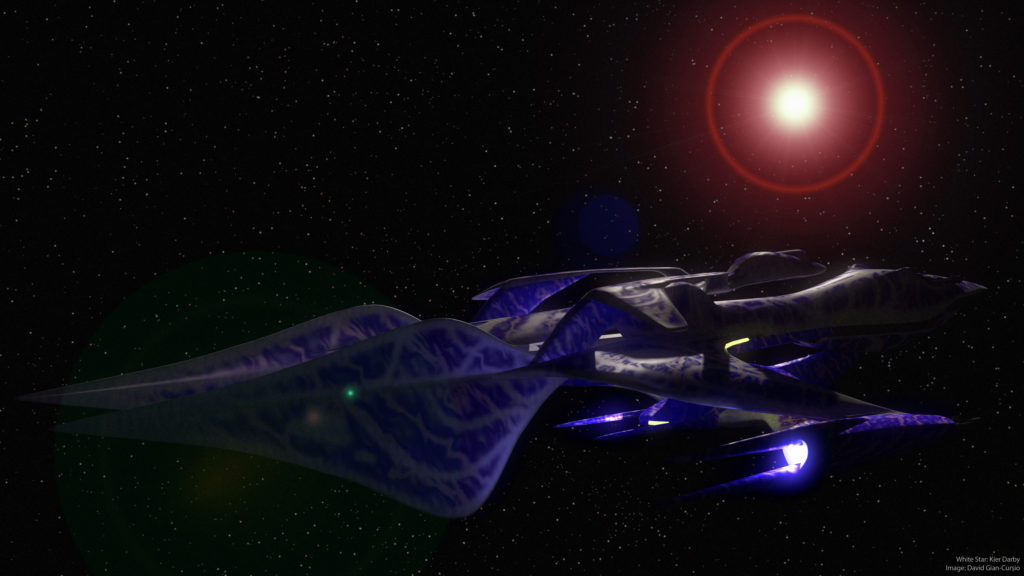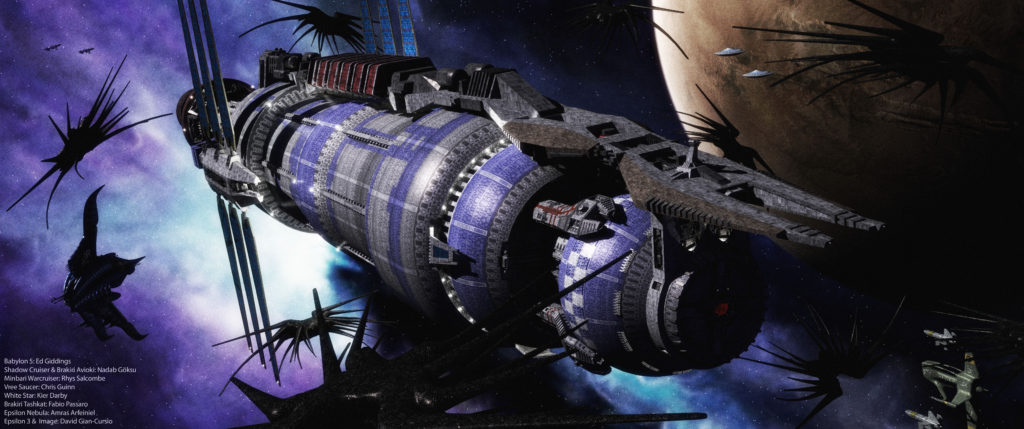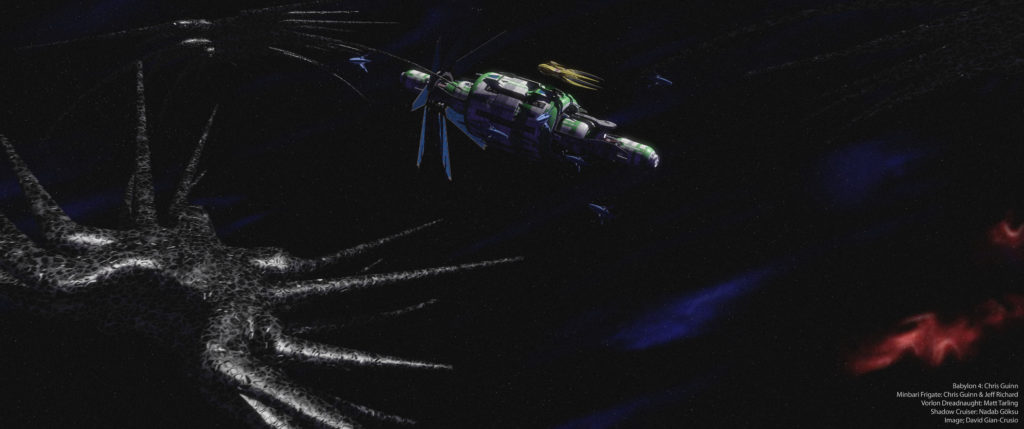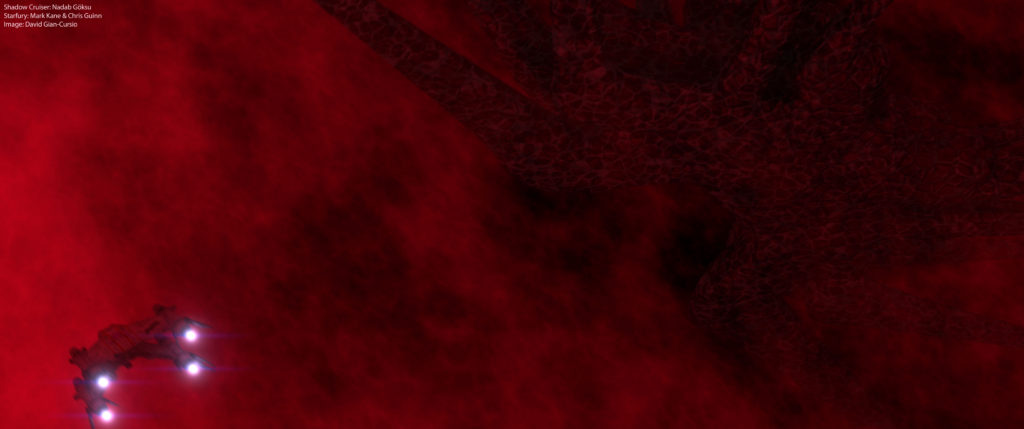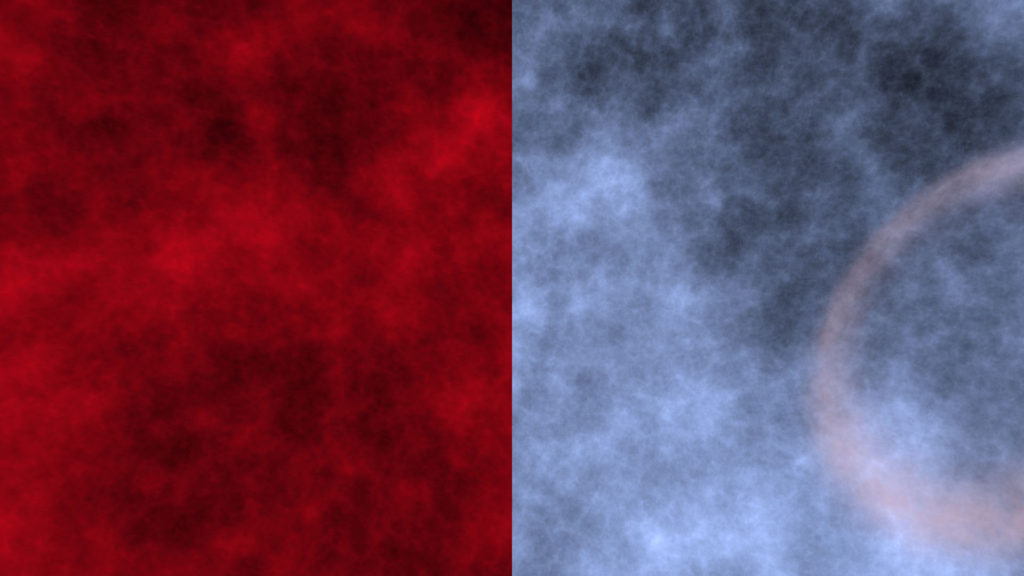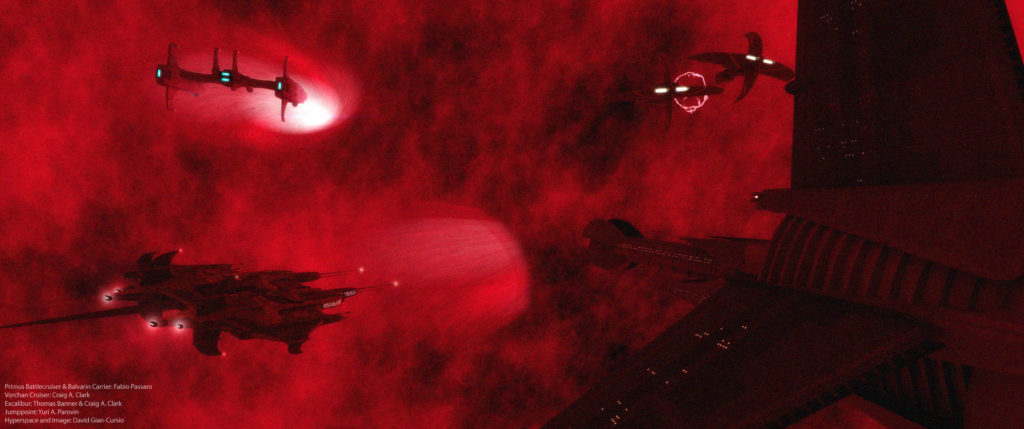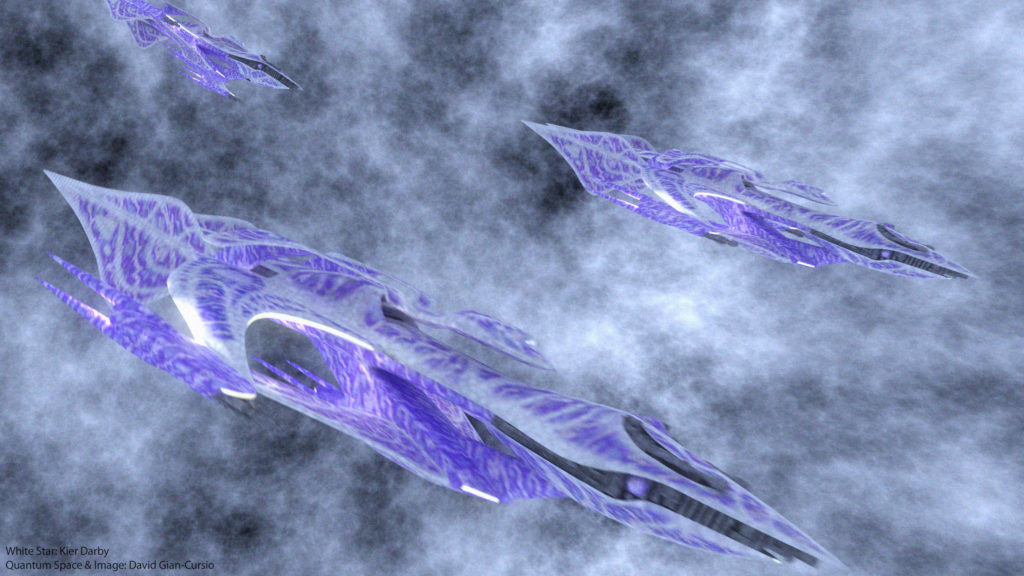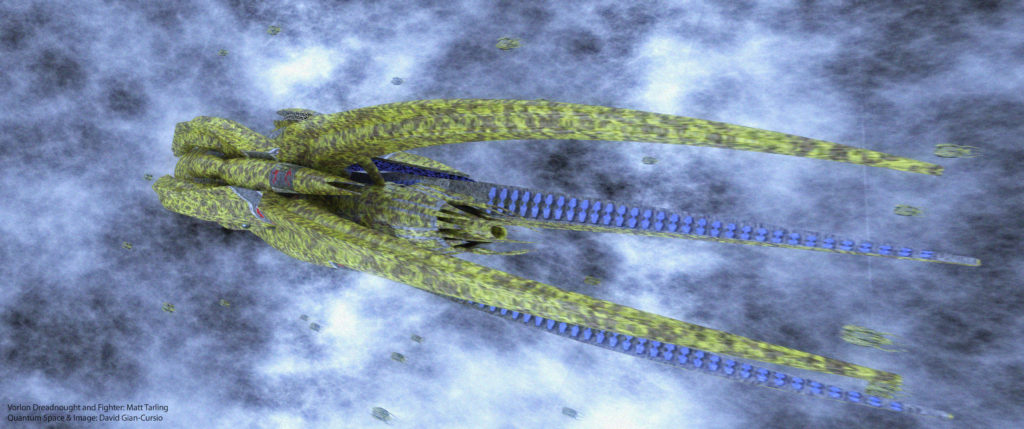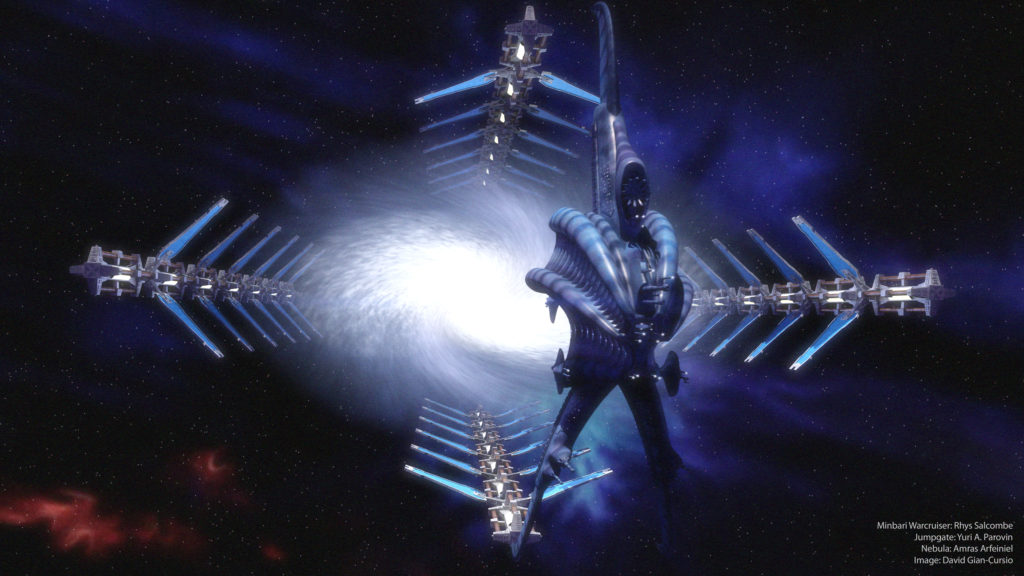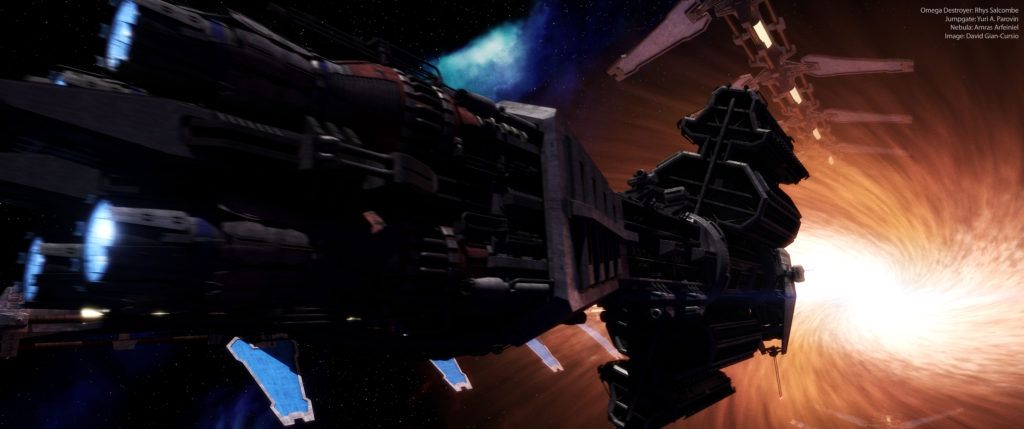At the urging of Rhys over at Foundation3D, yesterday I finally figured out how to adapt my workflow to use linear color.
There are many explanations on-line for what a linear workflow entails. It’s fairly technical, but the upshot is that computers have to mess with images to get them to look right. That’s great, except when you process those images, say by using them as texture maps in a 3D rendering calculation. All of the renderer’s math is thrown off, because it’s using source data that was filtered for display, and things come out looking wrong. Everything is wrong!

